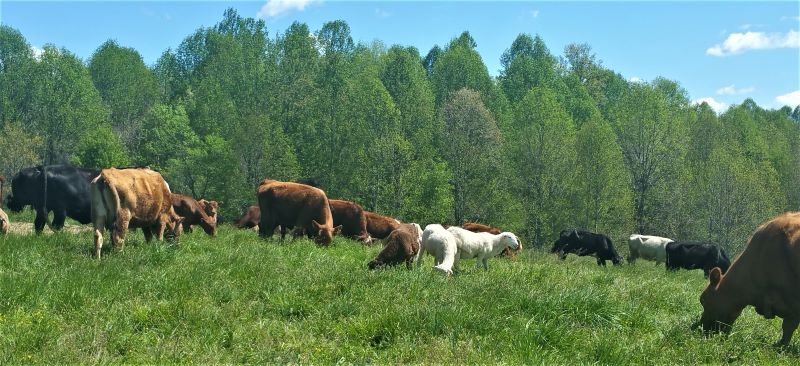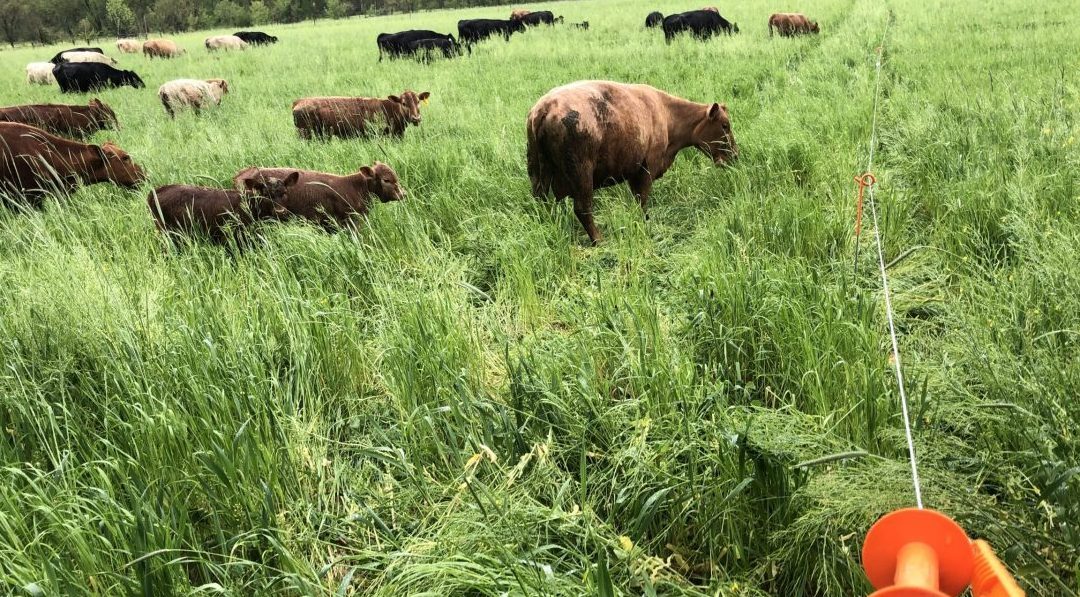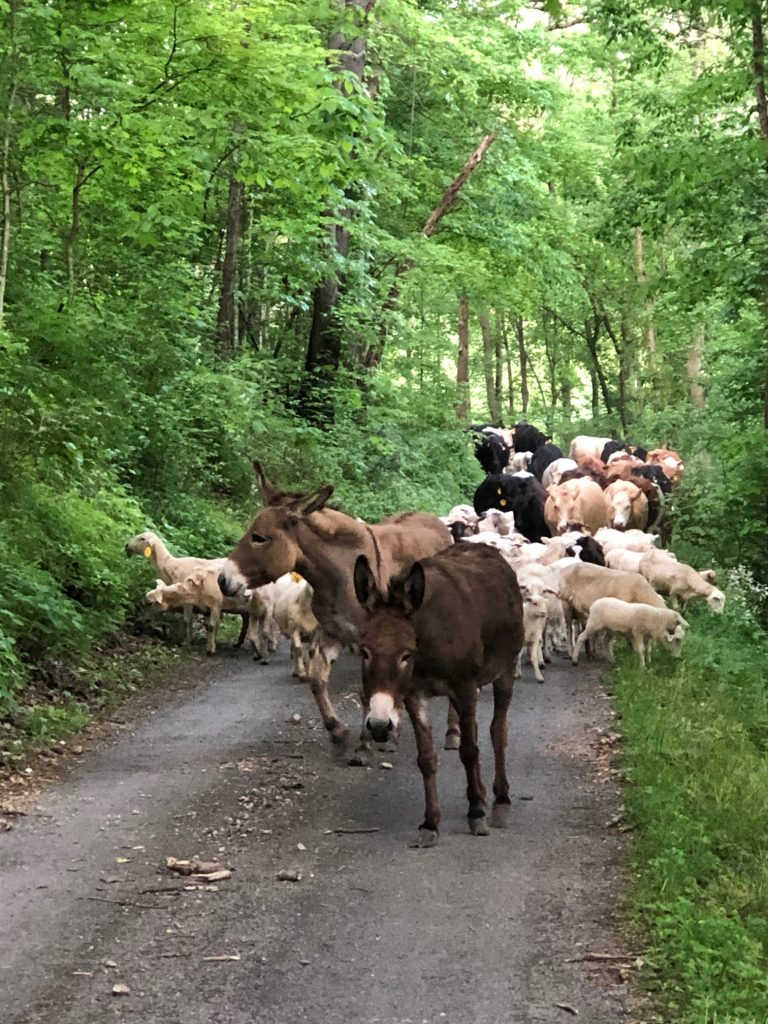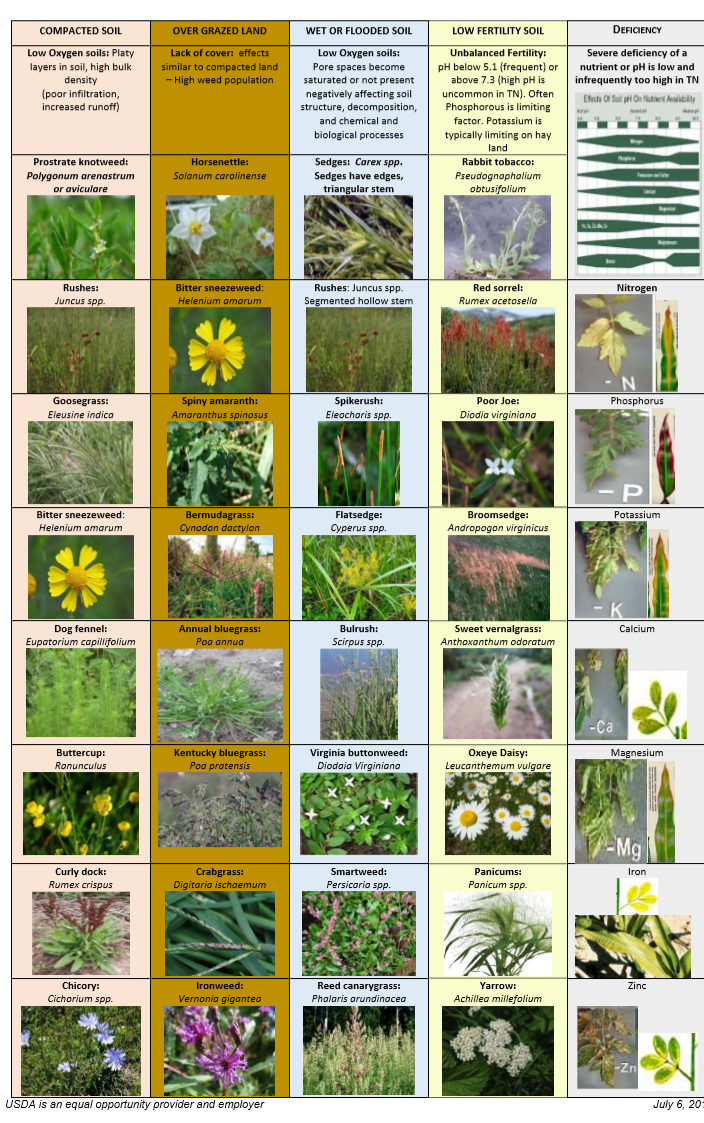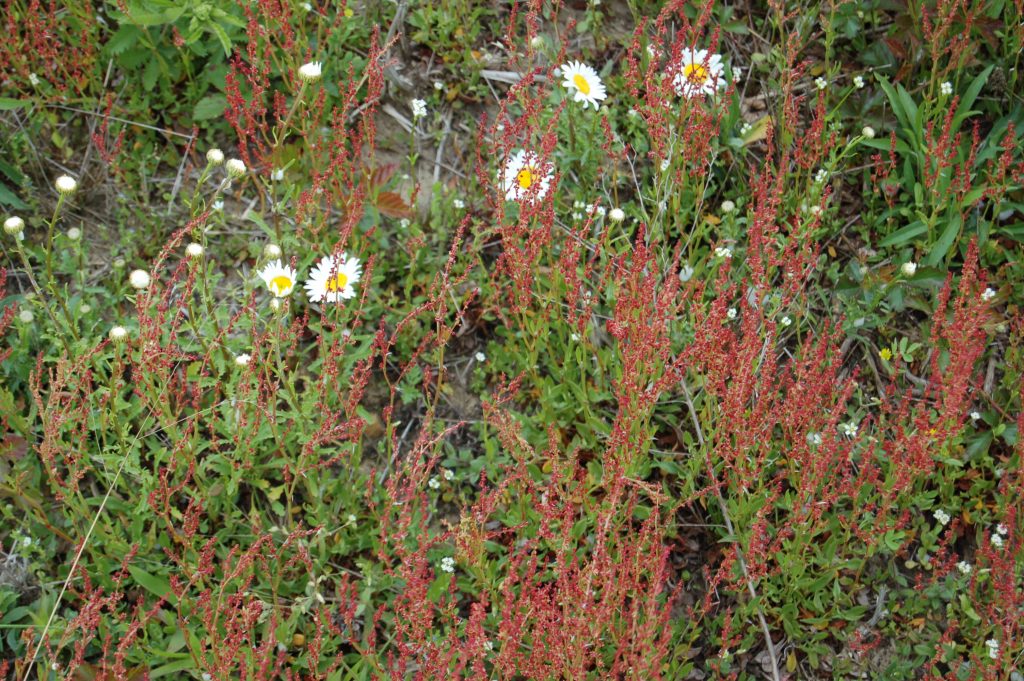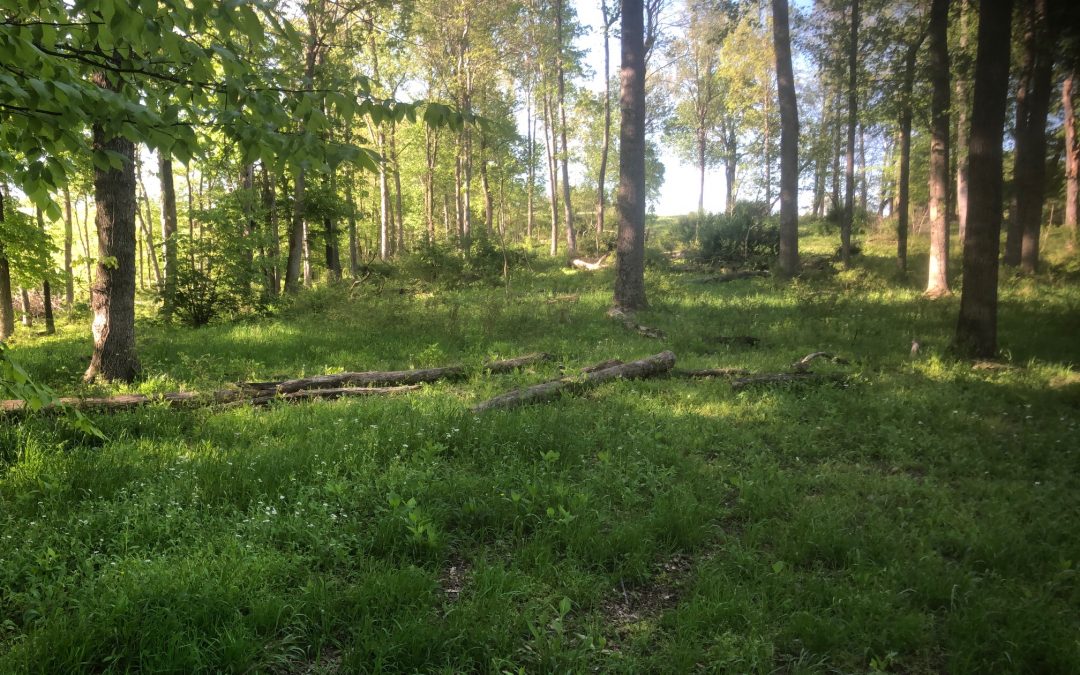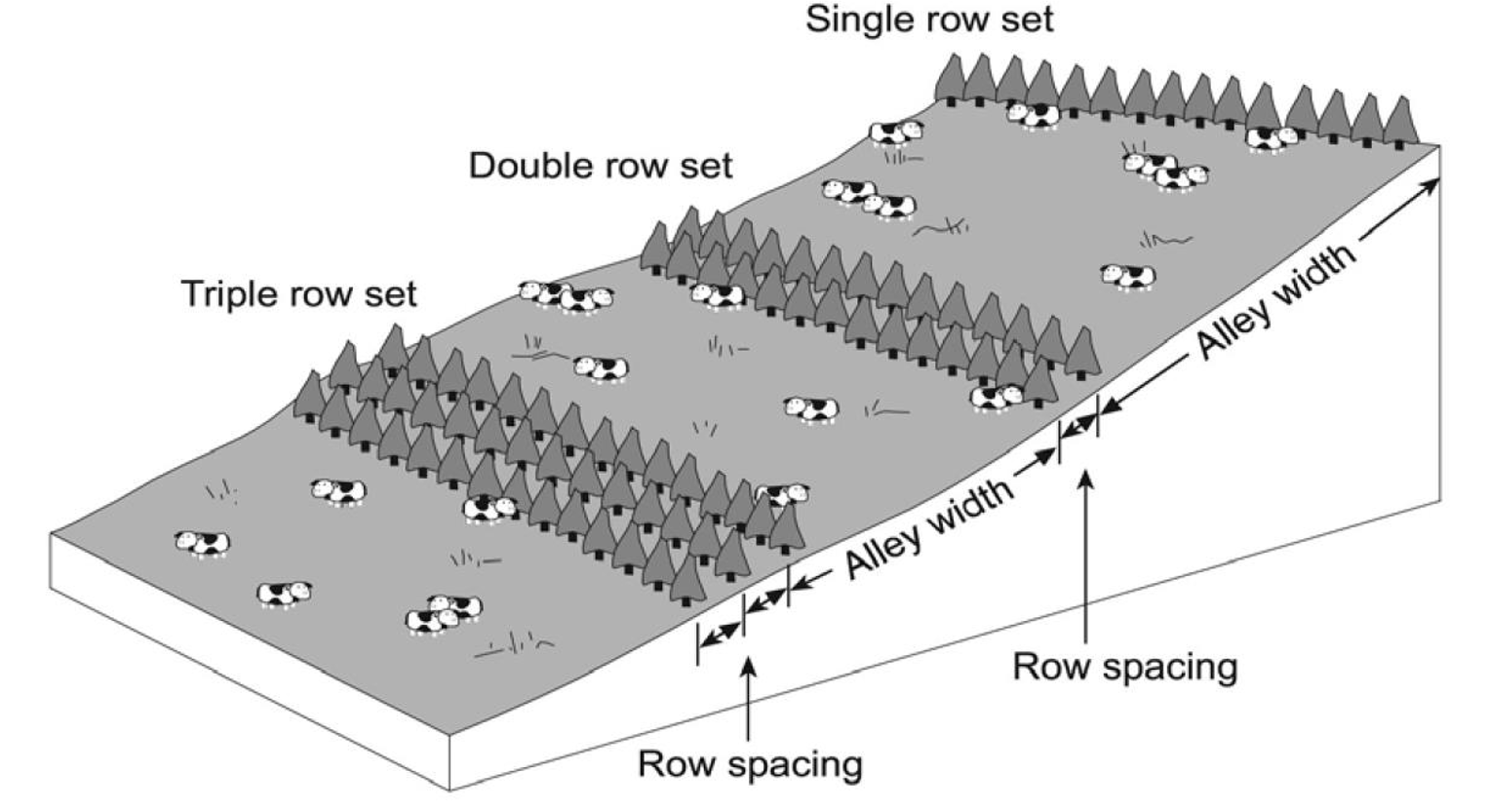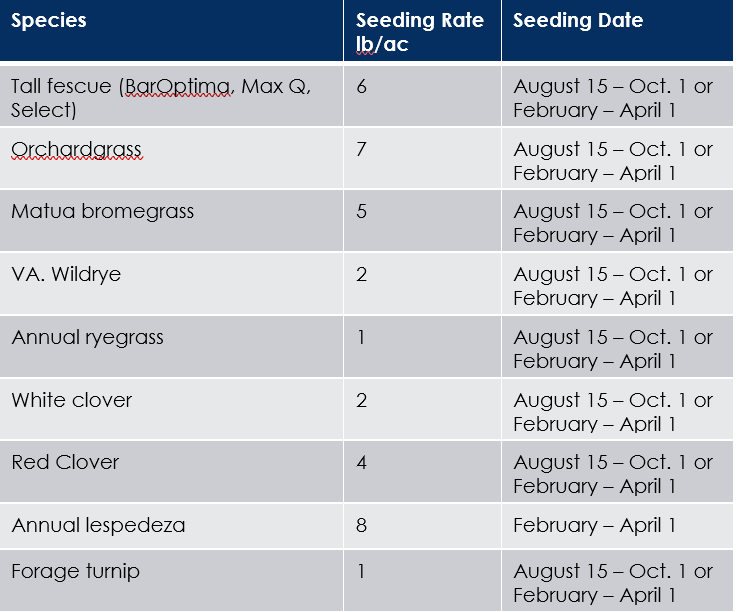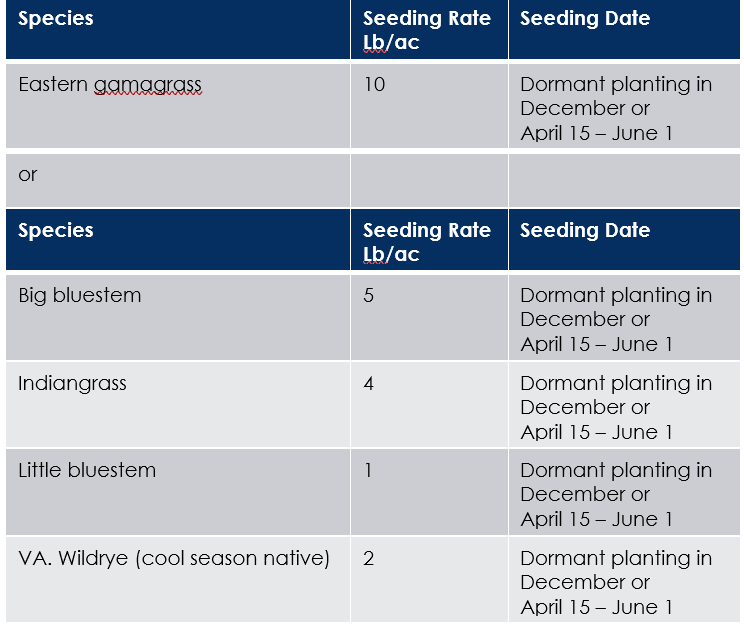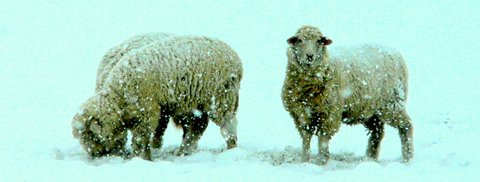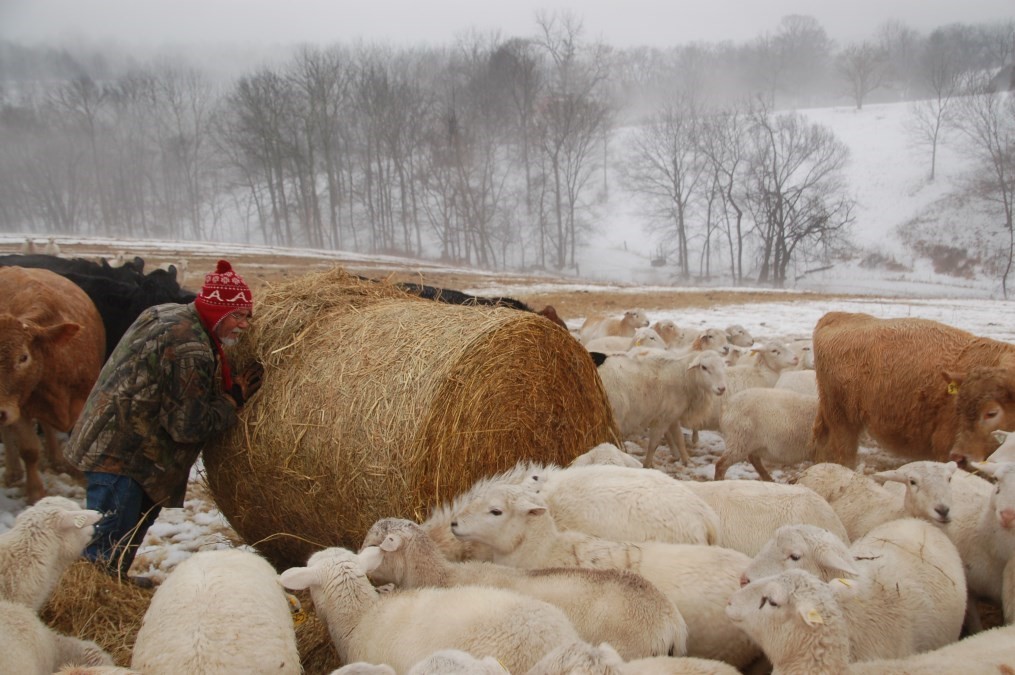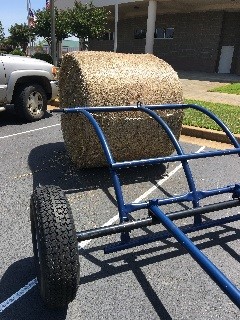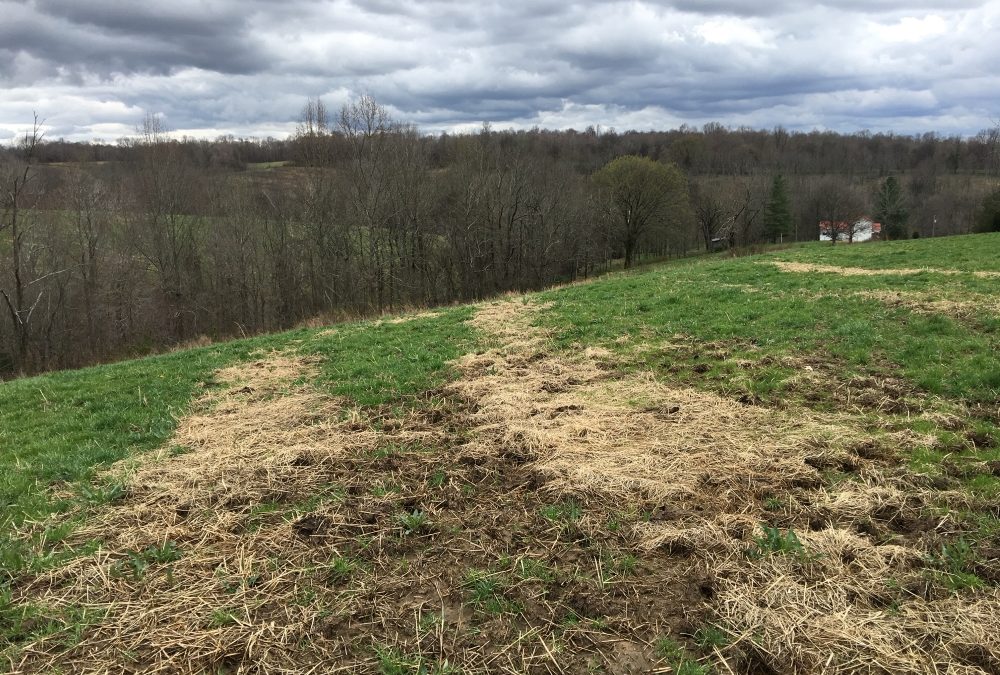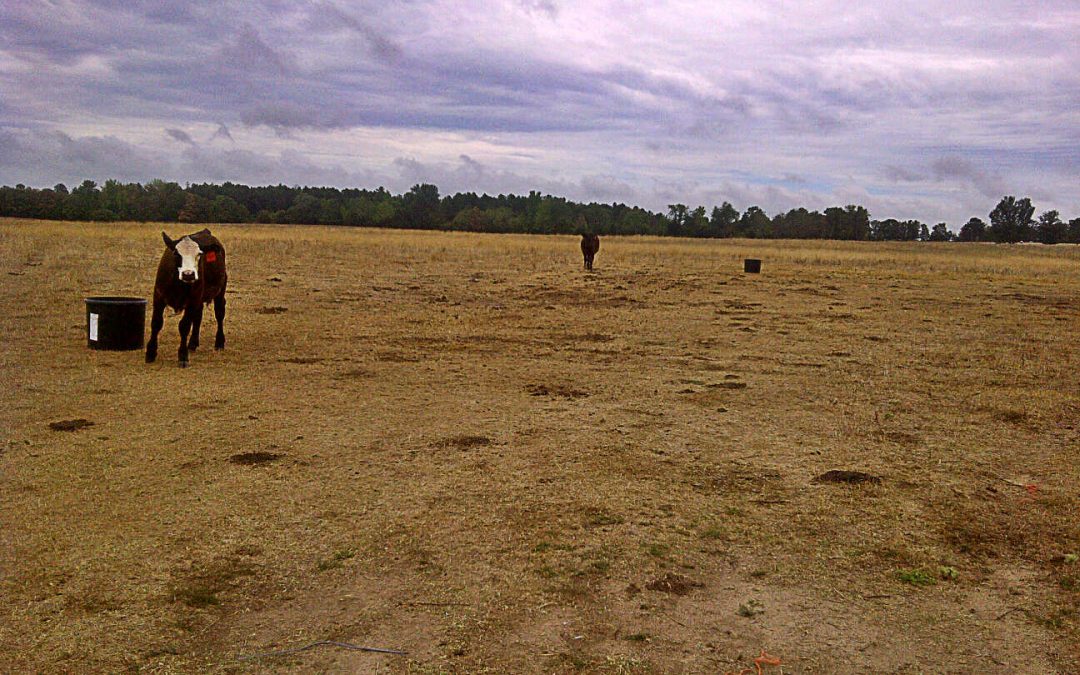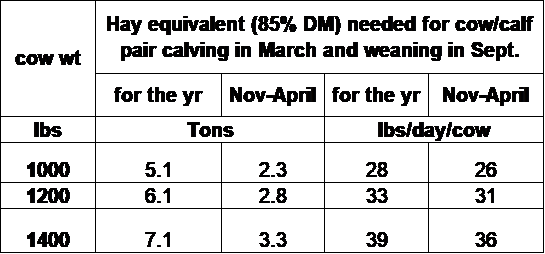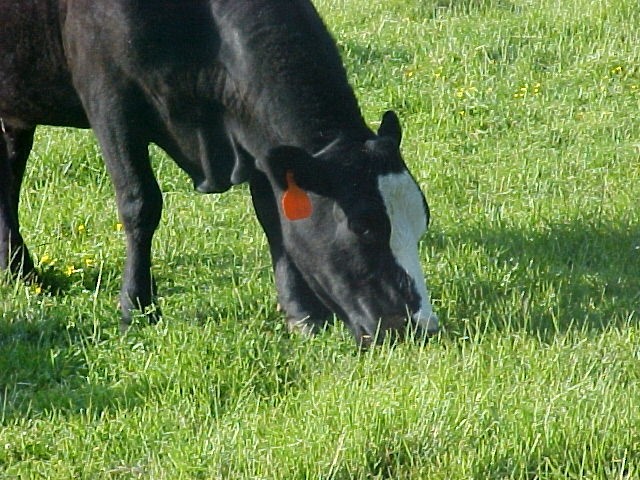Good to have rain over most of the state. It is time to start planning for winter: seeding, stockpiling and managing grass for the transition of seasons. The normal recommended seeding date for most cool season forages is August 15 to October 1. Yes, I think it is reasonable to go ahead and plant now. Remember typically it is best to manage what you have. It is amazing what: managing grass height, recovery time and nutrient management can do for a plant community.
Typical recommendation for managing fall growth for winter “stockpiling” is to graze or clip tall fescue to 3” now and apply up to 60 lb of N/ac (130 lb of protected urea/ac.) then let it recover and grow till Thanksgiving or later before grazing. Then ration it out starting with a paddock near the water tank. Starting with a temporary fenced paddock near the water point and move the temp fence every 3 days or less allowing livestock access to water. A single wire electric fence with polywire (9 strand), a geared reel, and step in post works well for cattle for sheep you typically need 3 wire temporary fence. Stockpiling is good even if you don’t apply N (every pound of N with rain should grow an additional 30 pounds of forage). I often feed hay in the fall when growth is good to grow forage while I am feeding hay because when you feed hay in January you are not growing grass. More on this next month.
The best fields to drill into are fields that are predominantly warm season grass like crabgrass, dallisgrass, bermudagrass, johnsongrass or even broomsedge or where you have a thin stand with 50% stand of cool season grass. But i wouldn’t drill into warm season grass till mid-September and definitely don’t apply Nitrogen till then. Broomsedge is an indicator that soil fertility is out of balance so adjusting nutrients is needed, take a University of TN soil test for recommended nutrient application. If nutrients are out of balance or lacking you likely will not be rewarded for your seeding and management as fast as you would like.
Mixes, composition and planting considerations
Seeding too high of a rate of fast growing species in a mix can dominate the stand by shading and competition with slower growing species reducing their establishment. If included low rates of annuals are recommended in perennial mixes. Annuals are faster establishing than perennials. I don’t like over 20% of annuals in a perennial mix. Fast growing annuals can have the same impact in an annual mix. Another concern is broadleaf species typically shade more than grass species this is why in perennial cool season mixes grasses are typically recommended to be planted first in the fall followed by legumes in late winter. When drilling I typically recommend going ahead and planting grasses and legumes but not too much legume. Brassicas are very fast growing in early fall too so they can outcompete other species thus the lower recommended seeding rates in the following mixes. Annual ryegrass is the most competitive cool season grass but doesn’t grow that fast in the fall. In a perennial mix i don’t like over 3 lb/ac. of annual ryegrass. In annual mixes it works as a great smother plant for spring when plants like broomsedge are emerging. Management needed for late May and June if you don’t use herbicide is to allow annual ryegrass to remain above the broomsedge. The annual ryegrass will brownout in June so plan on no-till drilling a warm season annual mix in the ryegrass in late May or early June. Crabgrass, Johnsongrass or a mix of Pearl millet and cowpeas no-till drilled into the ryegrass will provide an additional high quality summer smother crop.
Cool season mixes for a warm season pasture or thin cool season pastures, (if there is a program payment involved follow local guidelines)
seeding dates August 15 through Oct. 1
Annual Mix for fall and spring forage (good for shading undesirable cool and warm season plants)
Species Pounds/Ac
Cereal rye 20 – 75
Annual ryegrass 15 – 25
Turnips 1
Optional additions
Hairy Vetch 4
Red clover 2
Crimson clover 2
Drop the following from mix after September 10
Radish 0.5
Sunflower 1
Buckwheat 1
Crazy Annual Cool Season Soil Health Mix for grazing
Species Pounds/Ac
Cereal rye 25
Triticale 20
Barley 20
Wheat 10
Annual ryegrass 15
Turnips 1
Crimson clover 4
Hairy vetch 4
After September 10 drop the following species.
Radish 0.5
Sunflower 1
Buckwheat 1
Browntop millet 3
Perennial Cool Season Mix where soil is not productive and nutrients are out of balance
Tall fescue 18
Annual ryegrass 3 (no more)
White clover 2 (legumes typically recommended to be frost seeded in February or drilled into grass in March add annual lespedeza 8 lb/ac then)
Red clover 4
Hairy vetch 4 (best seeded in the fall)
Optional if a herbicide is used or weed competition is not expected and seeding is done prior to Sept. 10.
Sunflower 1
Buckwheat 1
Browntop millet 1
Perennial Cool Season Mix where soil is productive, nutrients are in balance and minimum grazing height of 4” or higher will be maintained.
Tall fescue 15
Orchardgrass 10
Prairie bromegrass 3 (Hogan seed and Nixa Hardware and Seed are a couple of suppliers)
Annual ryegrass 3 (no more than 3 lb)
White clover 2 (legumes typically recommended to be frost seeded in February or drilled into grass in March, add annual lespedeza 8 lb/ac then)
Red clover 4
Forage turnip 1
Optional if a herbicide is used or weed competition is not expected and seeding is done prior to Sept. 10.
Radish 0.5
Sunflower 1
Buckwheat 1
